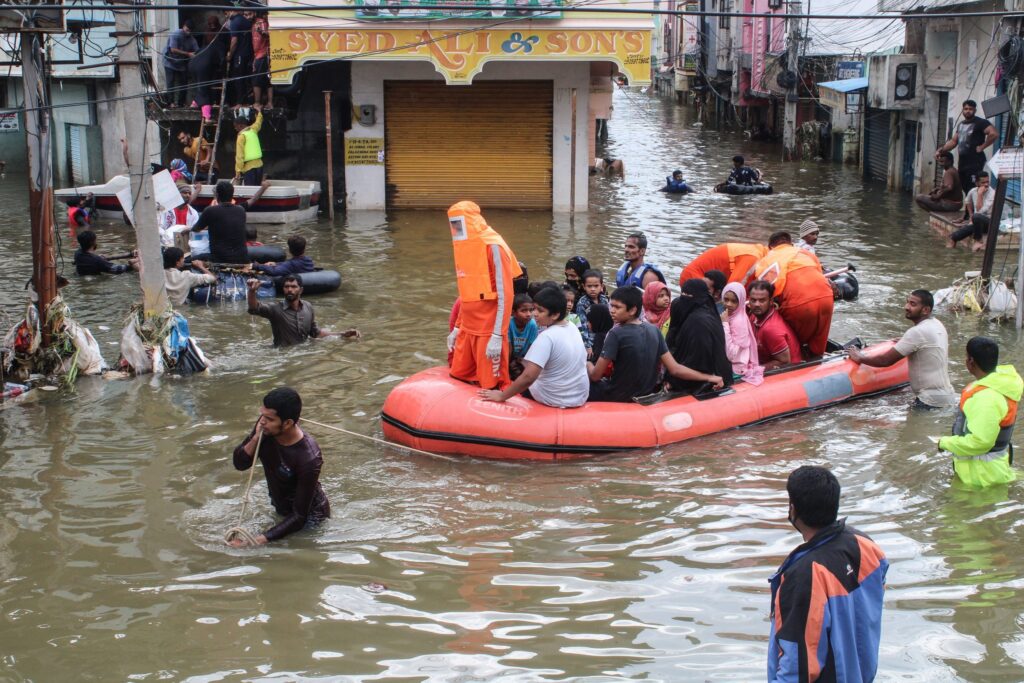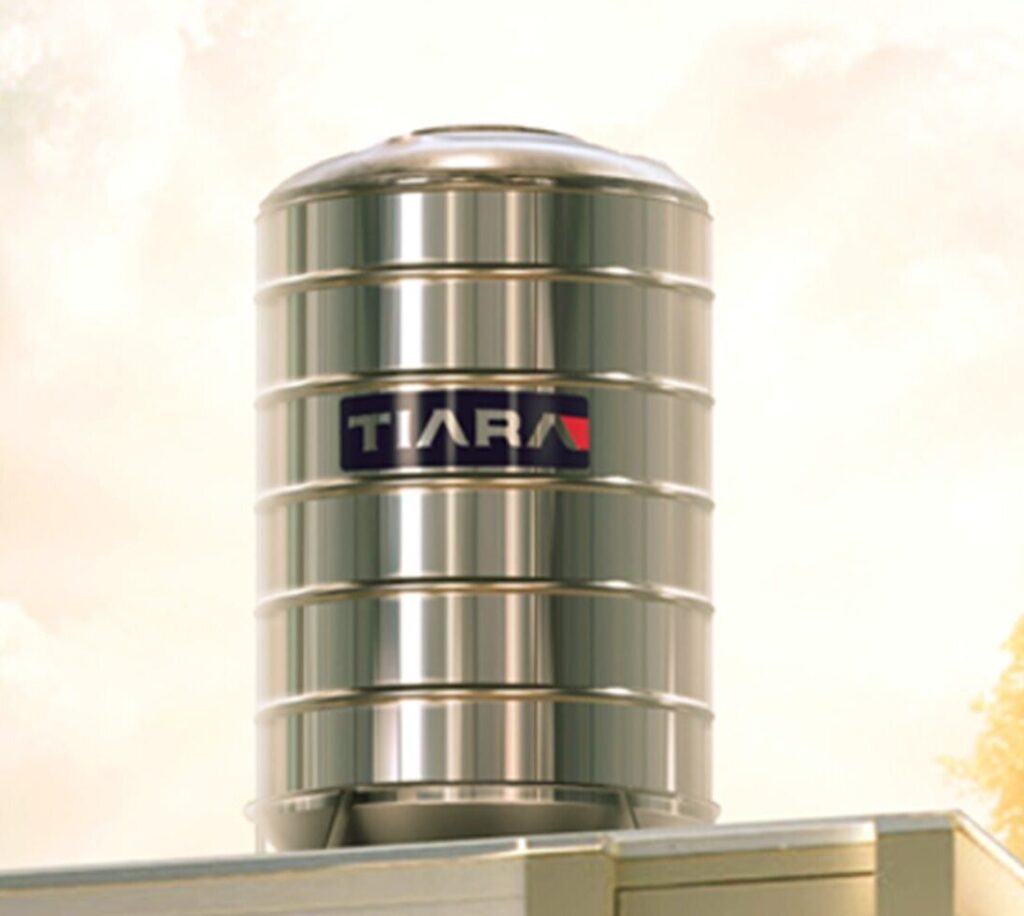
India is a nation frequently affected by natural disasters, from floods and cyclones to earthquakes and droughts. These calamities not only cause widespread destruction but also disrupt essential services, particularly access to clean water. In the aftermath of such events, temporary housing solutions become vital for displaced populations. However, ensuring adequate water storage and supply in these settings poses significant challenges. This article explores innovative water storage solutions tailored for temporary housing in disaster zones across India. Access to clean water is crucial in any disaster recovery scenario. Contaminated water can lead to severe health issues, exacerbating the vulnerabilities of affected communities. Therefore, effective water storage solutions are essential in temporary housing to provide safe drinking water, support sanitation needs, and promote overall health and well-being.
Assessing the Challenges
Temporary housing solutions in disaster zones often lack the infrastructure required for effective water storage and distribution. Key challenges include:
1. Limited Space: Temporary shelters, such as tents or makeshift homes, typically have restricted space, making it difficult to install large storage tanks.
2. Contamination Risks: The risk of contamination from surrounding debris and environmental factors is heightened in disaster scenarios, necessitating robust storage systems.
3. Accessibility: Water storage systems must be easily accessible to all residents, including vulnerable populations such as the elderly and children.
4. Logistical Constraints: In the immediate aftermath of a disaster, logistical challenges can hinder the transportation and installation of water storage solutions.

Innovative Water Storage Solutions
To address these challenges, a variety of innovative water storage solutions can be implemented in temporary housing settings:
1. Modular Water Tanks: Lightweight, modular water tanks can be easily transported and assembled in disaster zones. These tanks are designed to be stackable and can hold varying amounts of water, accommodating the specific needs of temporary housing units. Additionally, they can be equipped with filtration systems to ensure water quality.
2. Rainwater Harvesting Systems: Utilizing rainwater harvesting can significantly alleviate water shortages in temporary housing. Simple systems can be set up using tarpaulins to collect rainwater, which can then be stored in portable tanks. This method is especially effective in regions prone to heavy rainfall, providing a sustainable water source for displaced populations.
3. Collapsible Water Bladders: These flexible, portable storage solutions are ideal for temporary housing. Collapsible bladders can be easily filled, transported, and set up in limited spaces. They are typically made from durable, food-grade materials, ensuring the safety of stored water.
4. Community Water Points: Establishing centralized water points within temporary housing areas can streamline water distribution. These points can be equipped with larger tanks or bladders and served by community members to ensure fair access. This communal approach fosters cooperation among residents and can be paired with educational initiatives on water conservation and hygiene.
5. Solar-Powered Water Purification Systems: In addition to storage, ensuring water quality is essential. Solar-powered purification systems can be integrated into water storage solutions, allowing communities to treat and store water safely. This technology is particularly beneficial in remote areas where electricity may be unreliable or unavailable.
6. Water Filtration Systems: Portable water filtration units can be distributed alongside storage solutions to provide immediate access to clean water. These systems can remove contaminants and pathogens, making stored water safe for consumption.
Conclusion
Ensuring access to clean water in temporary housing during disaster recovery is a complex challenge, but innovative storage solutions offer a pathway to improving the situation. By integrating modular tanks, rainwater harvesting, collapsible bladders, and community water points, India can enhance its disaster response capabilities. Collaborative efforts among stakeholders will be essential in creating resilient systems that protect the health and well-being of displaced populations, ultimately fostering recovery and rebuilding in the wake of disasters.


